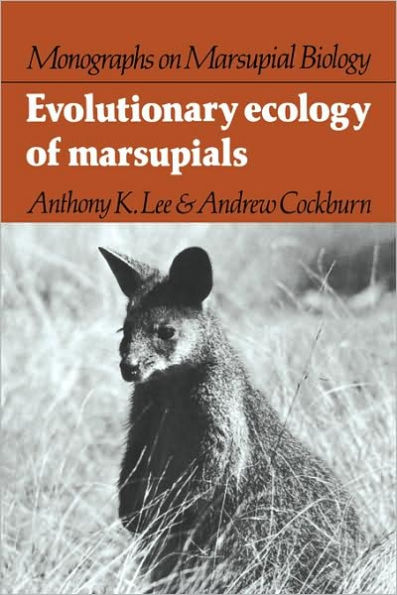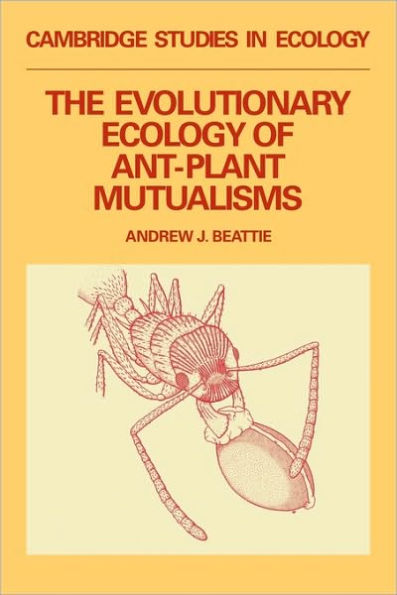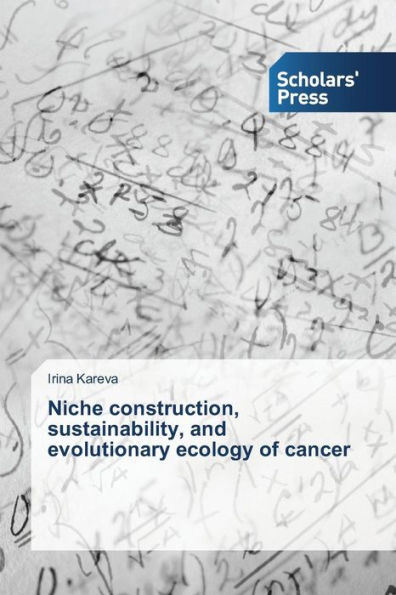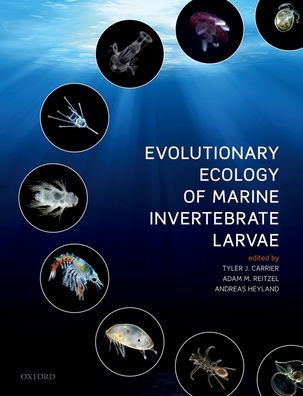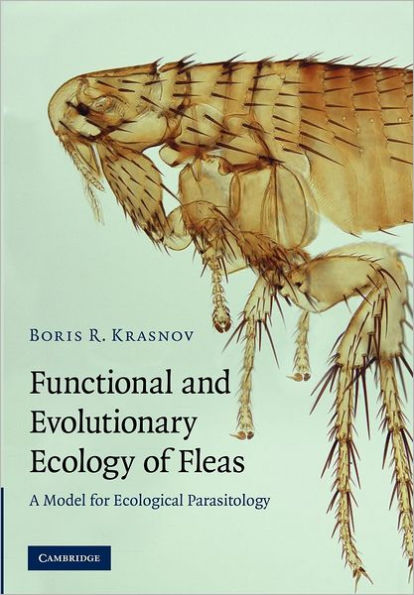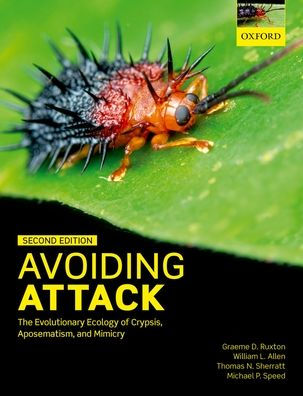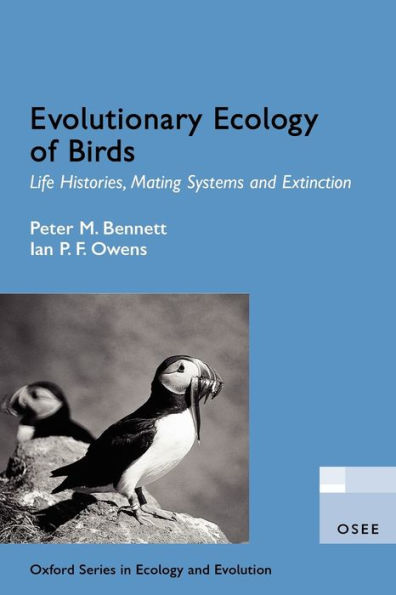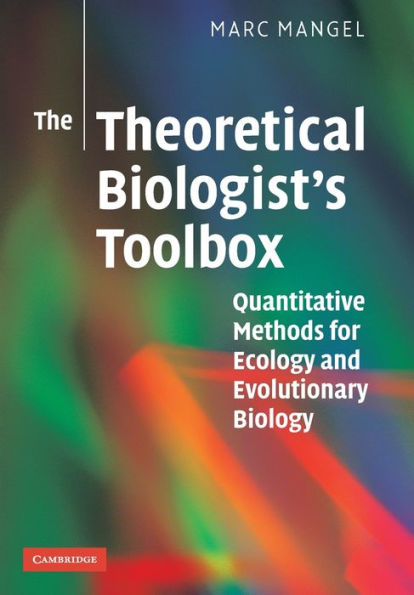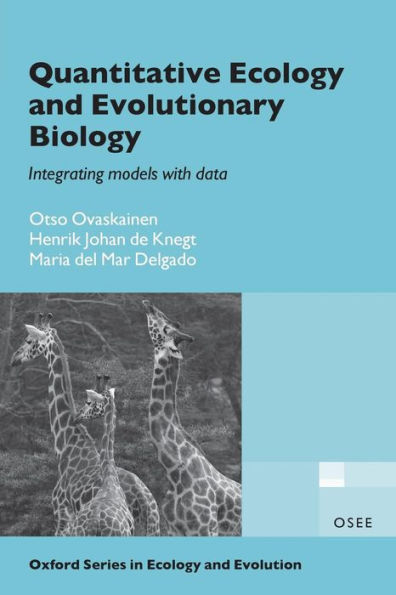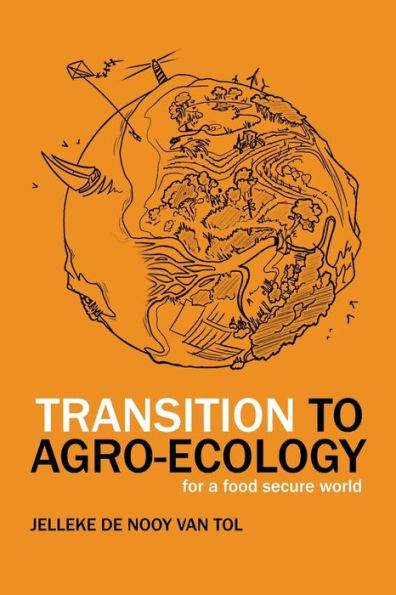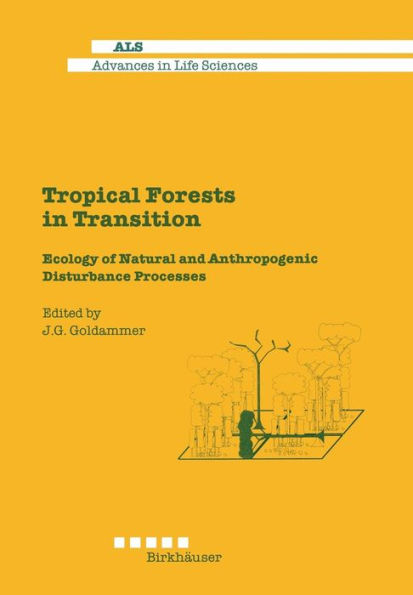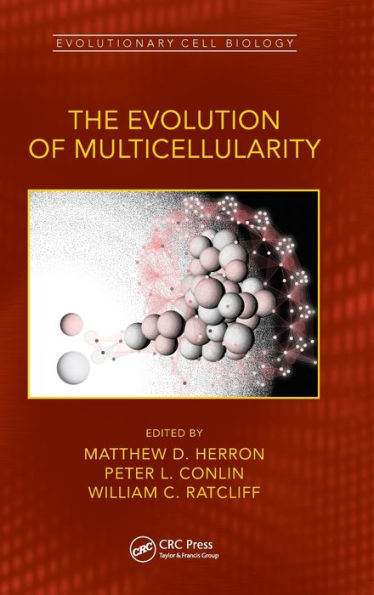Home
Evolutionary Ecology and the Transition to Multicellularity


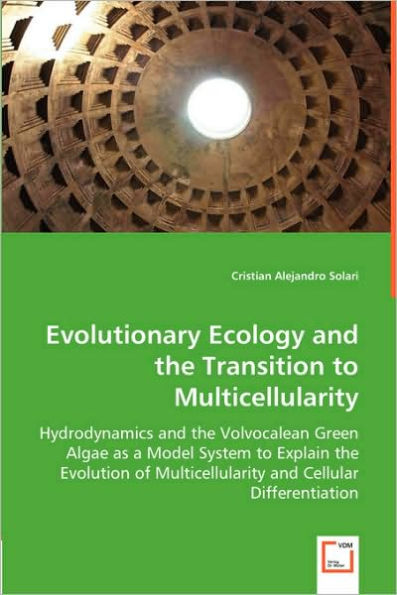
Evolutionary Ecology and the Transition to Multicellularity
Current price: $52.92
Loading Inventory...
Size: OS
The fitness of any evolutionary unit can be understood in terms of its two basic components: fecundity and viability. The trade-offs between these fitness components drive the evolution of many life-history traits in extant multicellular lineages. Here, I show that the emergence of individuality at a higher level during the uni-multicellular transition can also be a consequence of these trade-offs. I argue that germ-soma separation evolved as a means to counteract the increasing costs of larger multicellular colonies. Volvocalean green algae are uniquely suited for studying this transition since they range from unicells to undifferentiated colonies, to multicellular individuals with germ-soma separation. In these flagellated organisms, the increase in cell specialization observed as colony size increases can be explained in terms of increased motility requirements. Standard hydrodynamics is used to analyze motility in the Volvocales as colony size increases. The results of my work show that the evolution of multicellularity and germ-soma separation are the expected outcome of reducing the cost of reproduction in order to realize the benefits associated with increasing size.
